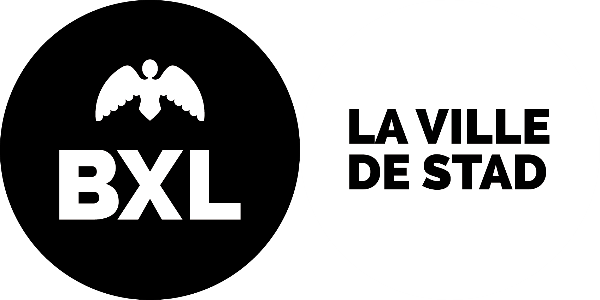An act of resistance : the publication of the false Soir, november 9th 1943
On May 10th 1940, German troops invaded Belgium. The newspaper “Le Soir”, an important Belgian and Brussels’ organ of press, was published till May 18th 1940. The company of press and advertising belonging to the Rossel family since 1887 was sequestered. On June 14th 1940, the daily paper was relaunched by an editorial team in the German occupant’s pay. The population called this new “Soir” the “stolen Soir”. This one praises the advance of the German armies, to affect the morale of the inhabitants and proposes articles extravagantly racist towards the Jews in particular. However the direction boasts about an edition to 250,000 copies in 1941.
With the years the German occupation became more and more difficult to endure for the civil population; the number of deportations grew every day; the food supply became scarce. In 1943, Marc Aubrion, alias Yvon, member of the Resistance movement “Front de l’Indépendance” had a daring idea : the publication of a false Soir newspaper, resolutely funny “zwanzeur”, in order to make a fool of the Germans and boost the morale of the Belgians. René Noël, alias Jean, chief of the press-section of the “Front de l’Indépendance” instantly joined the movement. A huge challenge awaited the two men. Rapidly a group of confident men assembled around them. The members of the group used to come together in the rue Van Lint in Anderlecht, in the workshop of printer Pierre Lauwers, maker of the photoetched plaques which had been used for the printing of the “false Soir”.
They realized the project in 21 days. Ferdinand Wellens, resistance fighter who had already printed documents for the “Front de l’Indépendance” and whose workshop was located in the rue de Ruysbroeck nr 35 in Brussels. was in charge of the printing. The number of copies was fixed at 50,000, from which 5,000 were distributed in stalls and the 45,000 others would be sold secretly among the different sections of the “Front de l’Indépendance” in Belgium. The receipts would be used for the financing of military operations of the Resistance. The layout of the newspaper was the same as the one of the “stolen Soir”, but the only difference (a big one although) between the two newspapers was the content of the articles, aimed at mocking the advances of the Nazi armies on the Eastern front, … which didn’t advance at all., or comparing the quality of tobacco “Dropping A” with “Dropping B”. The “Front de l’Indépendance” used it also as a tribune in order to explain his objectives in the battle against the invader and the liberation of the homeland.
The “false Soir” was published on November 9th 1943, around 4.00 p.m., at the same hour as the regular edition. On this occasion, distributors were recruited to bring the copies for sale in the stalls. A few minutes before the distribution of the regular newspaper, each distributor received a pack of 100 copies. A strip was wrapped around the pack with the mention “due to a technical failure, the rest of the service will be resumed at 6.00 p.m.” The perforations marking the border of the paper had been cut in order to avoid recognizing the type of rotary press used. In this case, the false newspaper was a little smaller than the regular one. In order to make a diversion, the limited partners of the “false Soir” asked the RAF in London to fly over Brussels at the moment of the distribution. An alert would have prevented the vans to deliver the “stolen Soir”.They also asked the resistance fighters to disable the vans for the same reason. The RAF didn’t answer and the fire of the vans was half a failure; nothing could stop the distribution now. The citizens of Brussels were astonished and hilarious. Some laughed heartily in public, others hid quickly their copy afraid of retaliation. The newspaper sellers reacted differently : some resumed selling, some others hid the copies or let the buyer choose between the “false Soir” or the “stolen Soir”.
The reaction of the Germans was totally different. The “stolen Soir” of November 10th 1943 published a small article about the edition of a “false Soir” by a Communist propaganda section. What began as a joke ended soon as a drama : many members of the Resistance group were held in custody or killed. Marc Aubrion was arrested because someone had denounced him on March 13th 1944. He was sentenced to death, but the condemnation was commuted to 15 years of prison. He was deported to a concentration camp in Bayreuth, afterwards liberated by the American armed forces on April 14th 1945 and he kept physical after effects all his life. Ferdinand Wellens, printer of the “false Soir” was also arrested because someone had denounced him. He died in deportation on February 28th 1945.
In 1955, Gaston Schoukens, film director from Brussels, made a picture film called “Un soir de joie”, which told the story of the “false Soir”. The movie had immediate success. The critics were more qualified, especially those written by some protagonists. They fluctuated between an excellent well-documented fiction film and a caricature of a well-known fate of the Belgian Resistance.
